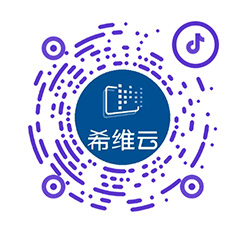With the lithium battery industry flourishing and hydrogen energy gaining momentum, the second half of the new energy industry featuring the coexistence of multiple technological routes, including lithium and hydrogen, has begun. Are different clean energy sources competitors or complements? What synergies exist to deepen the application of new energy in China?
Against this backdrop, the CEIBS EMBA New Knowledge Lecture and Supply Chain Innovation Summit Forum, themed "New Developments in the New Energy Industry Chain in the Era of Lithium-Hydrogen Coexistence," was held in Shenzhen on December 10. The forum was jointly organized by the CEIBS Shenzhen Campus and the CEIBS Supply Chain Innovation Institute. Nearly 20 experts, scholars, CEIBS alumni, and entrepreneurs explored various issues in the lithium and hydrogen energy industry chains from multiple perspectives, including technology and management, theory and practice, and current trends. Over 200 participants from government, business, and academia attended the event.
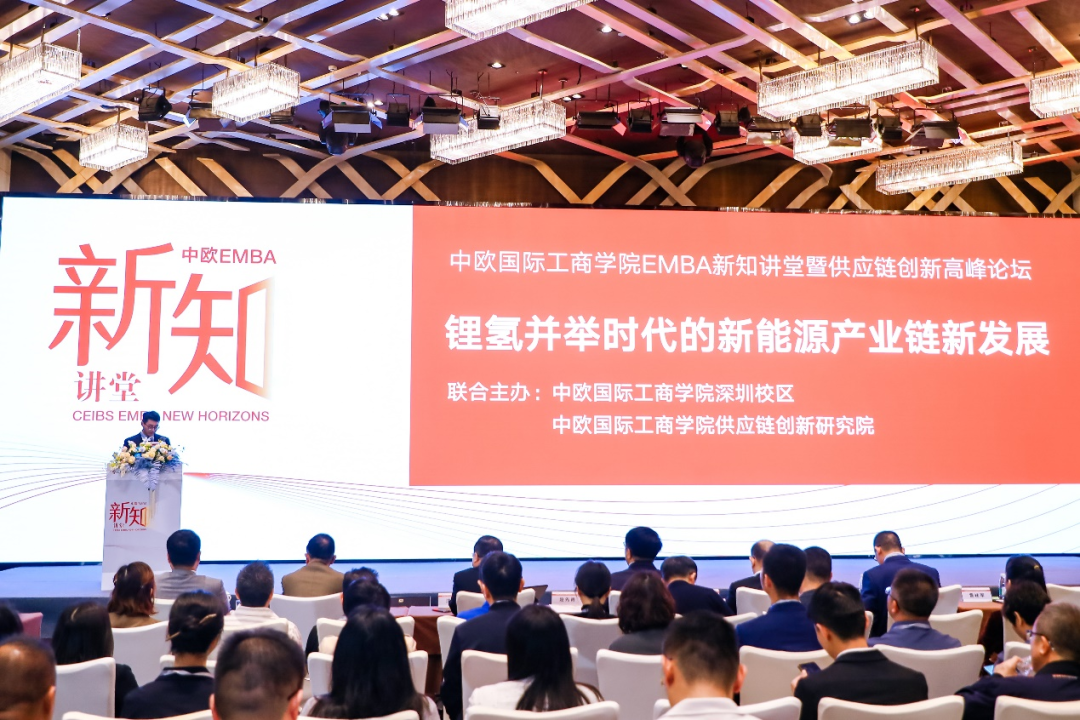
Overall Trends in the New Energy Industry Chain
In her online speech, Wang Hong, President of CEIBS and Chair Professor of Management at Hengdian Group, noted that China's new energy industry is experiencing explosive growth, with its position in the global industrial and supply chains continuously rising. By actively "going global" and expanding their supply chains, core enterprises in China's new energy industry chain, such as power battery manufacturers and new energy vehicle companies, are serving an increasing number of overseas markets, becoming a new calling card for China's international cooperation. To maintain long-term competitiveness, enterprises in the chain must "organize the chain" based on meeting global customer needs while identifying their own positioning and leveraging others' resources and capabilities to "supplement and strengthen the chain."
During the forum, Zhao Xiande, Chair Professor of JD.com Operations and Supply Chain Management at CEIBS and Director of the Supply Chain Innovation Institute, argued that the lithium and hydrogen energy industries are generally complementary. However, from the perspective of modern supply chain management, both face typical challenges, such as balancing customization and scale on the demand side to promote the large-scale application of cutting-edge innovations, and ensuring the supply and cost reduction of critical and bottleneck materials on the supply side.
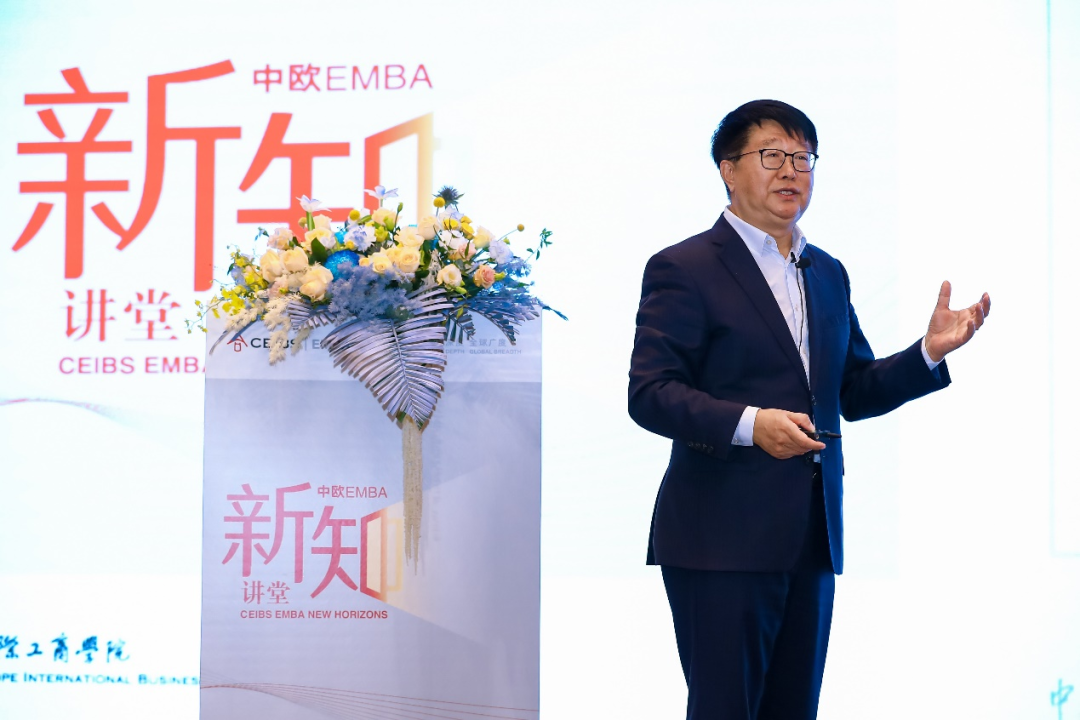
Lithium Battery Industry: The Rise of New Energy Storage and the Shift in New Energy Vehicles
Li Baohua, Tenured Professor at Tsinghua University, Deputy Director of the Shenzhen International Graduate School's Materials Research Institute, and Head of the National Advanced Battery Materials Industry Cluster, believes that by 2025, non-fossil energy will account for about 20% of China's energy consumption, with electricity making up around 30% of end-use energy. As a key technology for building smart grids, energy storage has vast application potential.
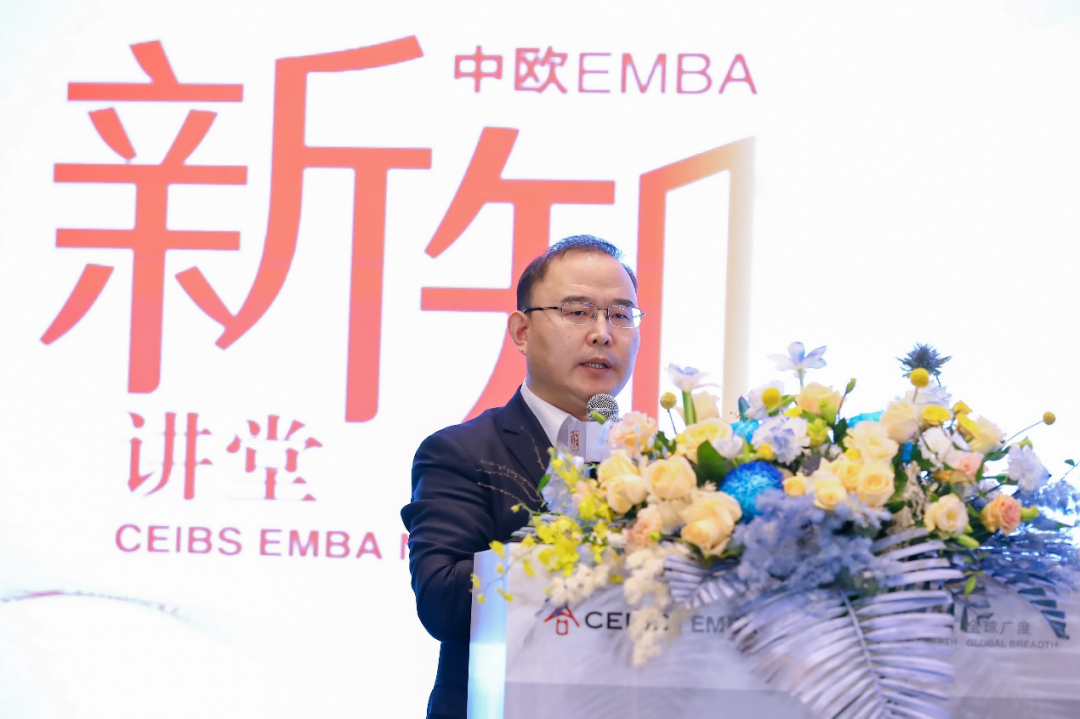
Jiao Fangwei, General Manager of the Operations Center at Watts Energy Co., Ltd., predicts that by 2025, China's thermal power capacity will balance with new energy capacity, marking a critical juncture in the transition between old and new energy. At this turning point, the role of energy storage as a "grid stabilizer" will become even more prominent.
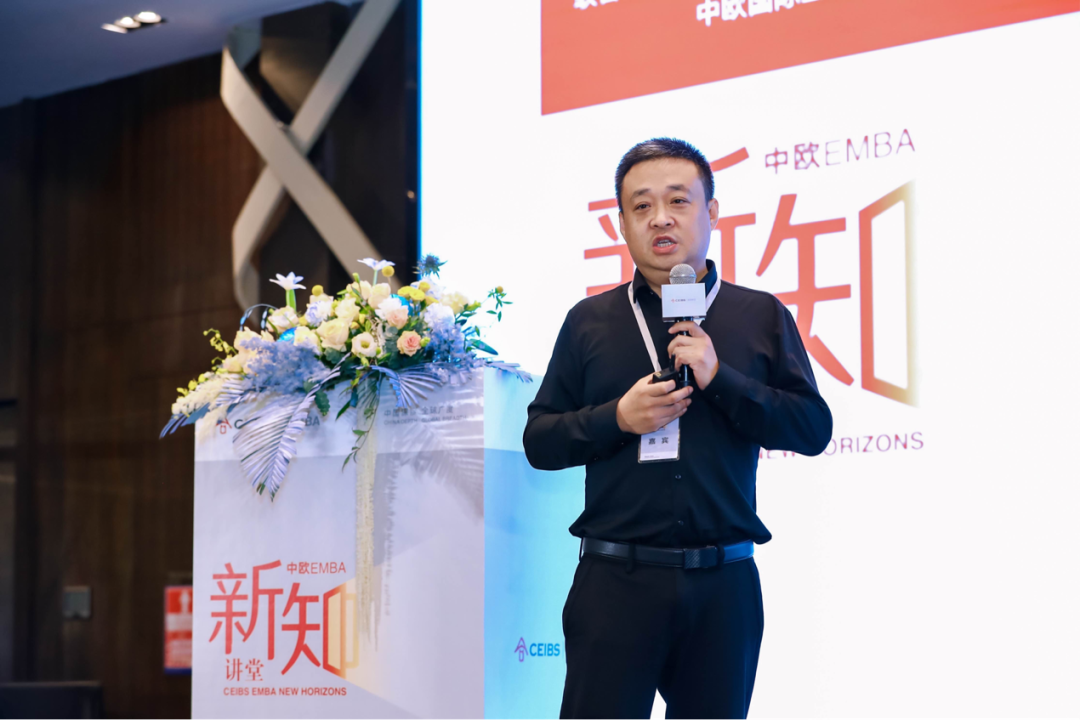
Hydrogen Energy Industry: Broad Prospects for Fuel Cells, but Application Bottlenecks Need Breakthroughs
Shen Jianyue, Chairman of Shanghai BoHydrogen New Energy Technology Co., Ltd. and Drafting Committee Member of the International ISO Hydrogen Energy Standards, believes fuel cell vehicles will be a major application and breakthrough for hydrogen energy. In his view, hydrogen fuel cell vehicles have certain advantages over lithium-powered vehicles in terms of range, weight, and safety. However, challenges in hydrogen production, storage, transportation, and refueling currently limit their large-scale adoption.
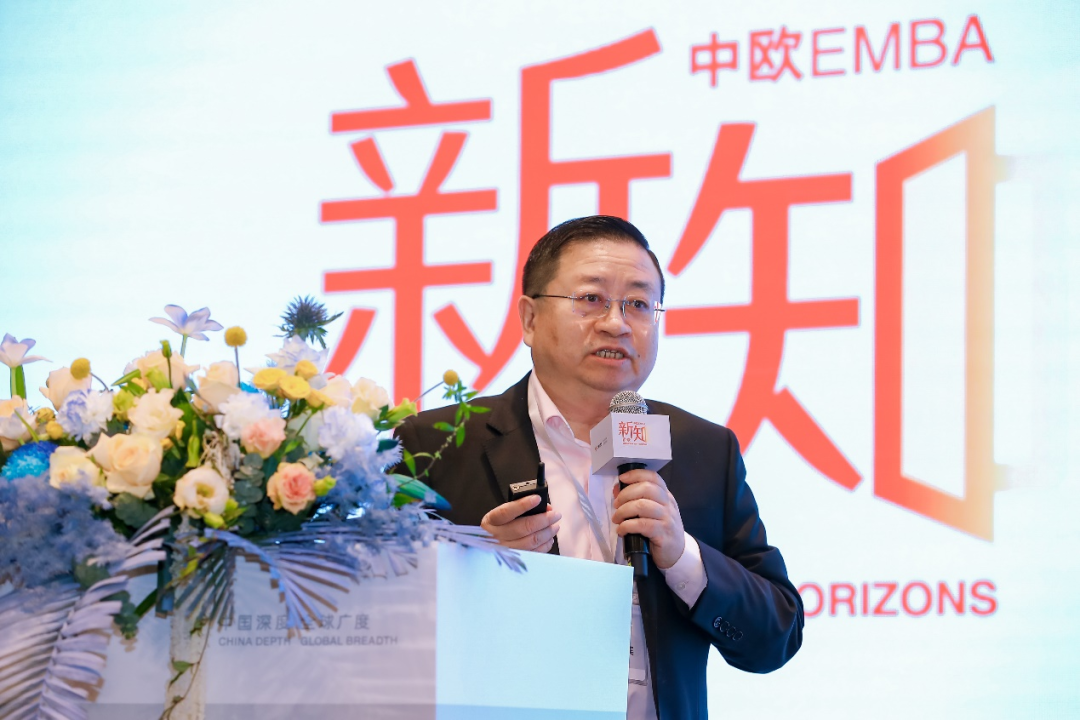
Liu Zhixiang, Deputy General Manager of Guohong Hydrogen Energy Technology (Jiaxing) Co., Ltd. and Executive Dean of the Hydrogen Energy Research Institute, highlighted some shortcomings of pure electric vehicles, such as long-haul transportation. These "hard nuts to crack for lithium-ion batteries" present market opportunities for hydrogen fuel cell vehicles, especially high-power, high-efficiency models.
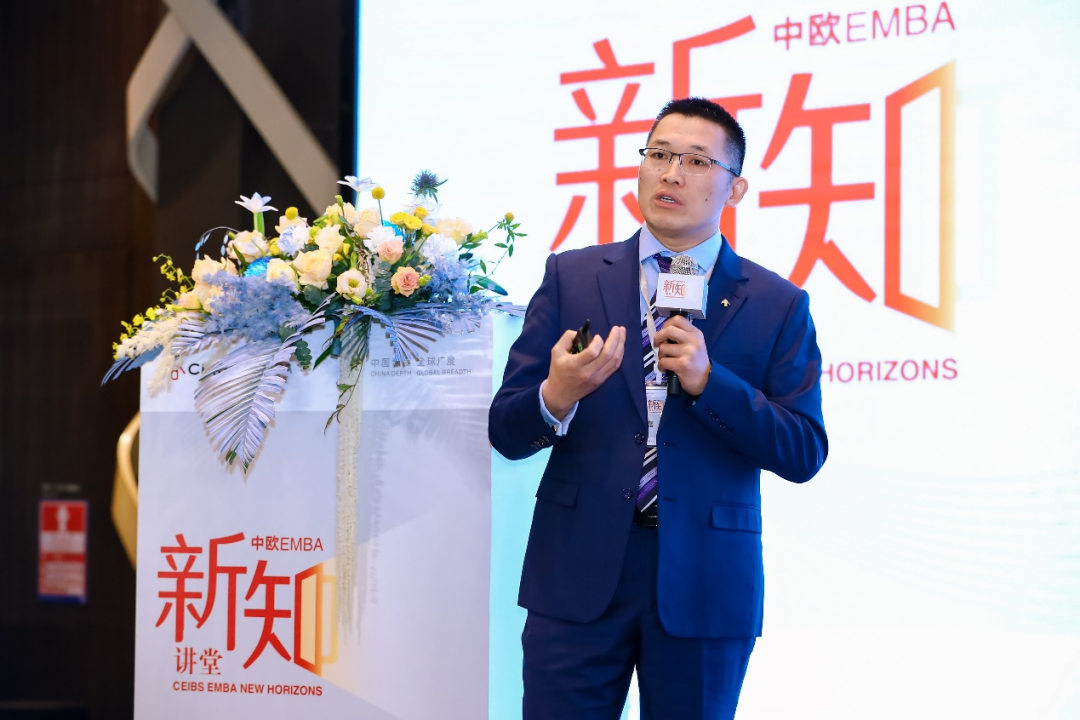
Cao Guijun, Executive Director and Executive Vice President of Shenzhen Hydrogen Blue Era Power Technology Co., Ltd., provided a systematic overview of hydrogen energy under the dual-carbon goals, covering energy system coupling, source classification, output value forecasts, and usage distribution.
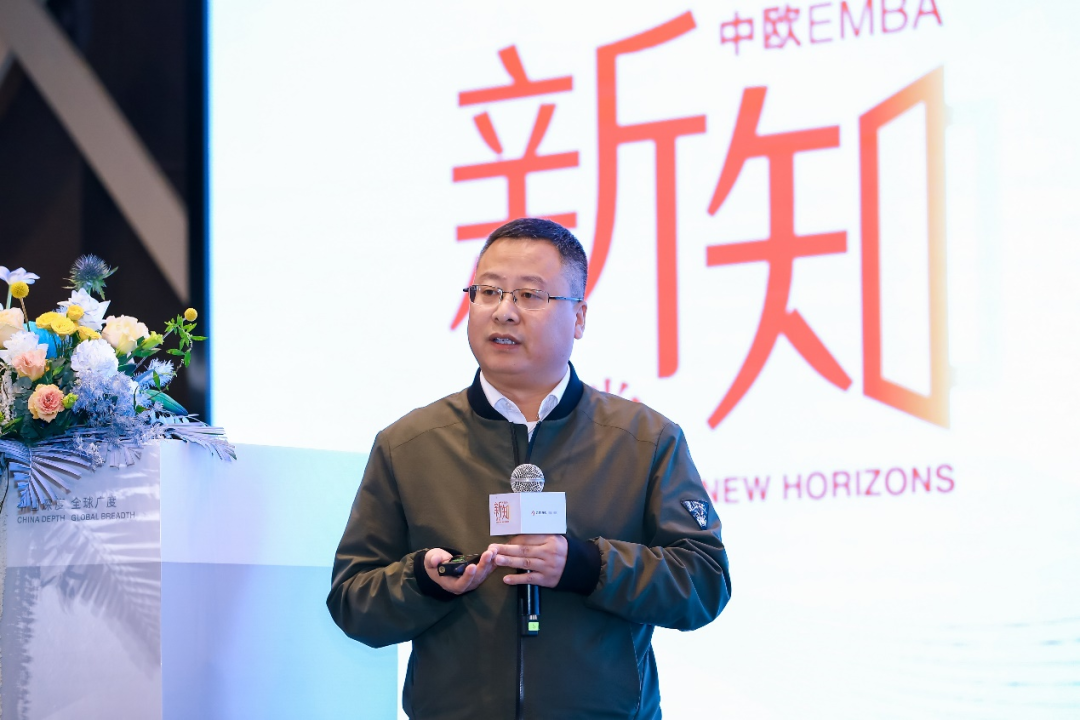
Roundtable Discussions: Exploring New Developments in the New Energy Industry Chain
The forum also featured two interconnected roundtable sessions from an industry chain perspective:
Roundtable 1: "Product Innovation and Quality Management" focused on upstream manufacturers and equipment/service providers.
Roundtable 2: "Application and Business Model Innovation" centered on downstream application service ecosystems.
Roundtable 1, moderated by Zhao Xiande, featured discussions on topics such as customer and supplier involvement in R&D, coordination in product design, procurement, production, and delivery, balancing standardization and customization in product design, and the role of digital technologies and big data analytics in quality improvement. Participants included:
Liang Rui, CSO of Sunwoda Electronic Co., Ltd. and Vice Chairman of the China Industrial Association of Power Sources
Xiao Shiling, Chairman of Huizhou Weishi New Energy Co., Ltd.
Wang Xianyu, Chief Engineer of the Supply Chain Quality Engineering Center at Wuxi Lead Intelligent Equipment Co., Ltd.
Jian Jin, CEO of Xiwicloud (Guangzhou) Co., Ltd.
Niu Xiufang, Strategic Planner at Shanghai Hydrogen Sunrise New Energy Technology Co., Ltd.
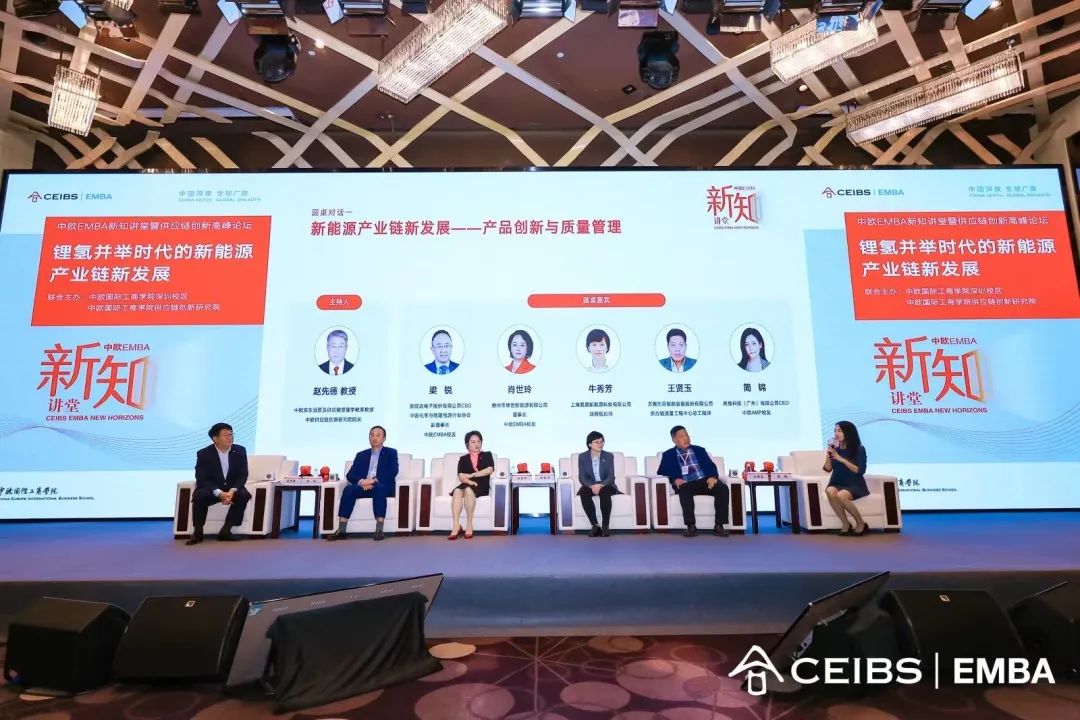
Roundtable 2, moderated by Wang Liang, Assistant Director of the CEIBS Supply Chain Innovation Institute, explored business model innovation, focusing on the "data center" and "new energy vehicle" ecosystems. Topics included customer participation and multi-party value co-creation, bottlenecks and solutions in promoting innovative services, integrating service innovation with digital capabilities, digital supply chain finance, and collaborative overseas expansion for new energy service providers and manufacturers. Participants included:
Zhang Di, Director of the Solution Architecture Team at Vertiv Technologies Co., Ltd.
Tang Hu, Infrastructure Director at OPPO
Zhu Jinxing, Vice President of Telai New Energy Co., Ltd.
Zhou Shuangyu, General Manager of G7 Easylink South China and New Energy Industry
Wu Wenhui, General Manager of the Major Customer Service Center at Ping An Bank's Automotive Ecosystem Division
The forum provided a platform for in-depth dialogue on the future of the new energy industry chain, fostering collaboration and innovation in the era of lithium-hydrogen coexistence.
Xiwicloud—Reshaping high-value supply chains for Chinese manufacturing.










